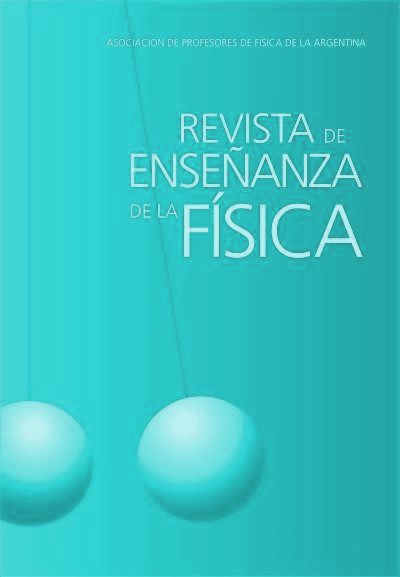The use of history to improve the teaching of physics. Scientific ideas in antiquity and the Middle Ages
Keywords:
Use of History, Aristotelian physics, Medieval physicsAbstract
The world that the student observes with his senses is different from the one that is taught: the Earth is still, bodies when thrown stop, a pendulum does not swing eternally, etc. It is then that we realize, as Kuhn mentions at the time, the students are "naturally" Aristotelian. That is why I think it is useful for the professor of physics to begin by showing, at least, a part of the physical ideas that were developed during antiquity and the Middle Ages, and use that historical fact, from here, to accompany the student to understand the birth of the new physics, as the passage from adolescent intuition to adult rationalism. This is the fundamental purpose of this work.
References
Bernard Cohen, I. (1970). El nacimiento de una nueva Física. Buenos Aires: Eudeba.
Boido, G. (1996). Noticias del planeta Tierra. Buenos Aires: AZ.
Koestler, A. (1963). Los sonámbulos. Buenos Aires: Eudeba.
Matthews, M. (2017). La enseñanza de la ciencia. Un enfoque desde la historia y la filosofía de la ciencia. México: F.C.E.
Piaget, J. y García, R. (1981). Psicogénesis e Historia de la Ciencia. México: Siglo XXI.
Rada, E. (1980). La polémica Leibniz-Clarke. Madrid: Taurus.
Rossi, P. (1998). El nacimiento de la ciencia moderna en Europa. Barcelona: Crítica.
Sambursky, S. (1999). El mundo físico de los griegos. Madrid: Alianza.
Downloads
Published
Issue
Section
License

This work is licensed under a Creative Commons Attribution-NonCommercial-NoDerivatives 4.0 International License.
Aquellos autores/as que tengan publicaciones con esta revista, aceptan los términos siguientes:Los autores/as conservarán sus derechos de copiar y redistribuir el material, bajo los términos estipulados en la Licencia de reconocimiento, no comercial, sin obras derivadas de Creative Commons que permite a terceros compartir la obra bajo las siguientes condiciones:
- Reconocimiento — Debe reconocer adecuadamente la autoría, proporcionar un enlace a la licencia e indicar si se han realizado cambios. Puede hacerlo de cualquier manera razonable, pero no de una manera que sugiera que tiene el apoyo del licenciador o lo recibe por el uso que hace.
- NoComercial — No puede utilizar el material para una finalidad comercial.
- SinObraDerivada — Si remezcla, transforma o crea a partir del material, no puede difundir el material modificado.
- Los autores/as podrán adoptar otros acuerdos de licencia no exclusiva de distribución de la versión de la obra publicada (p. ej.: depositarla en un archivo telemático institucional o publicarla en un volumen monográfico) siempre que se indique la publicación inicial en esta revista.
- Se permite y recomienda a los autores/as difundir su obra a través de Internet (p. ej.: en archivos telemáticos institucionales o en su página web) antes y durante el proceso de envío, lo cual puede producir intercambios interesantes y aumentar las citas de la obra publicada. (Véase El efecto del acceso abierto).










